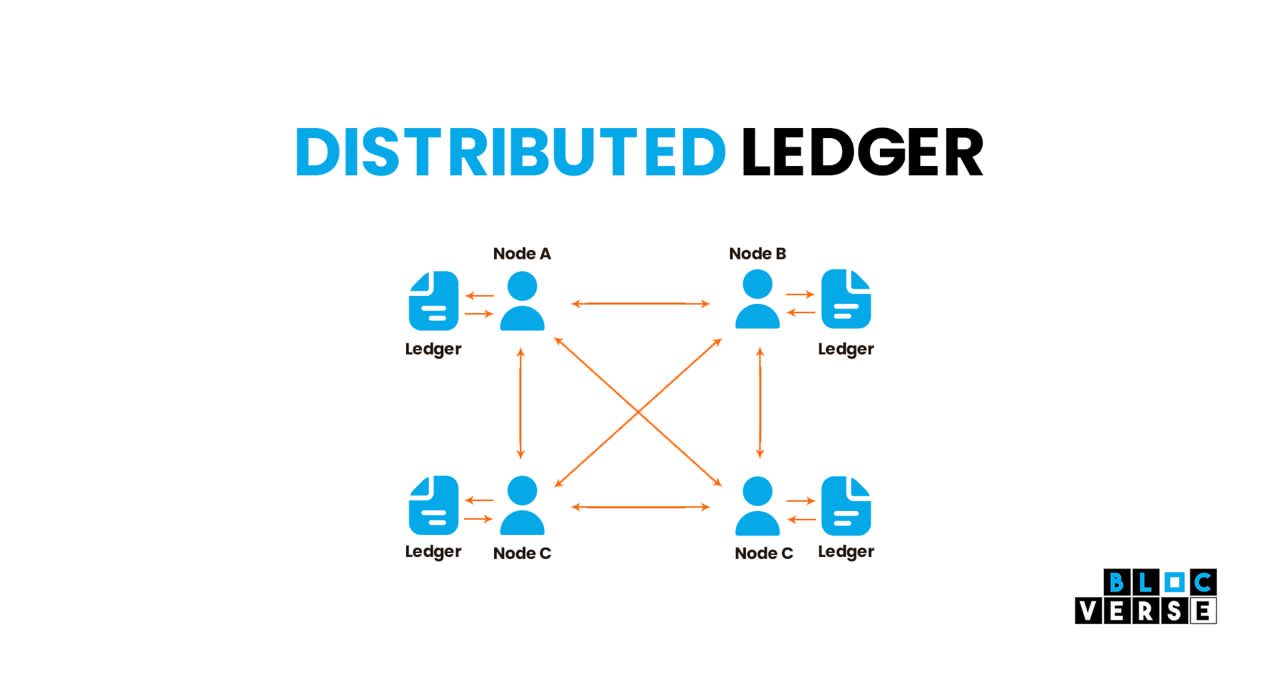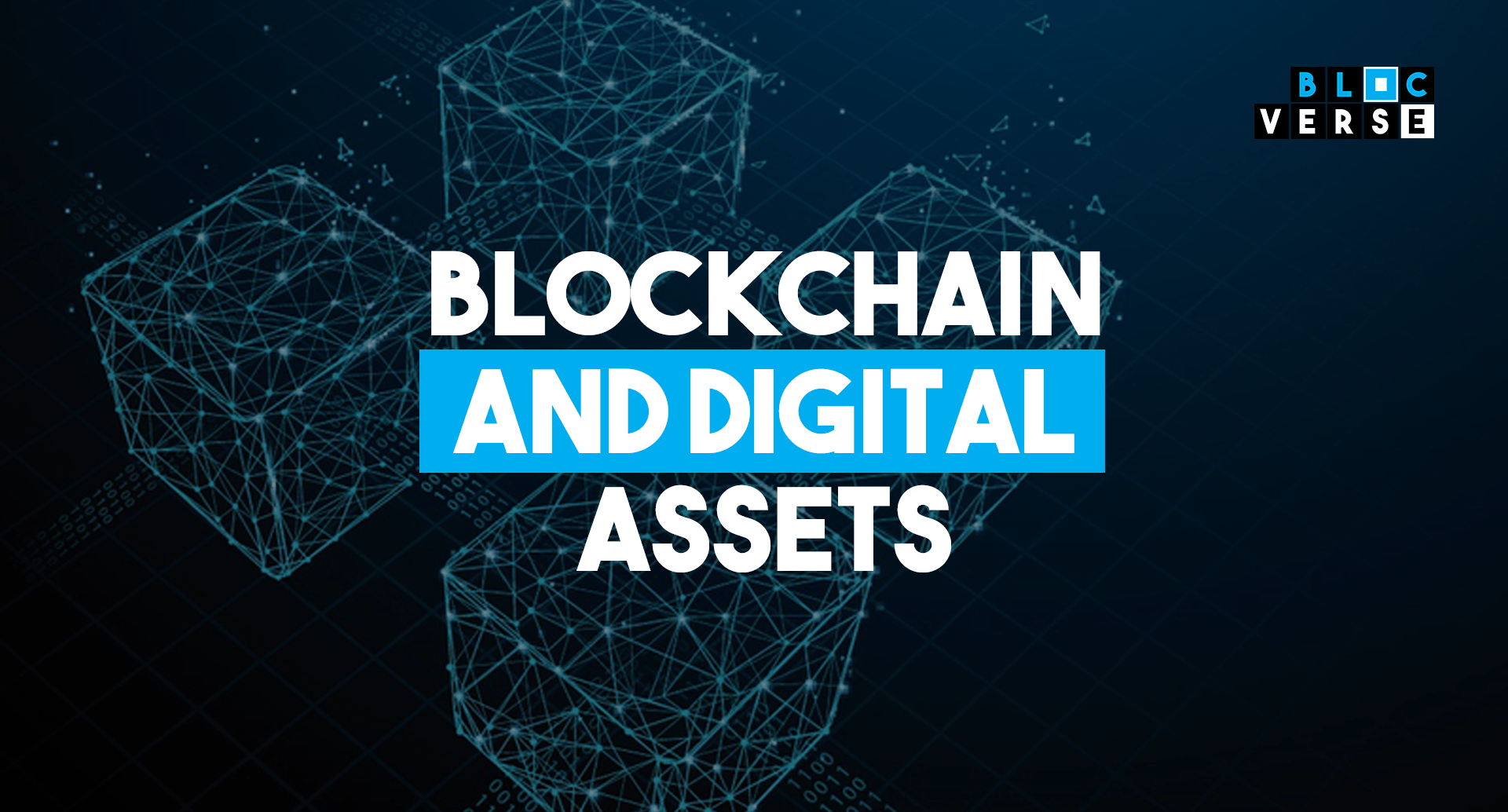Introduction.
Blockchain and digital assets interaction has been rising after the initial explosion of cryptocurrencies.
As regards blockchain, there is a need for effective communication with an audience with their attention span across a wide range of interests and backgrounds.
In contrast to early adopters such as entrepreneurs, developers, and others, a much larger group of ‘blockchain curious’ beginners seek more understanding of the technology.
Despite considerable developments, cryptocurrencies are still very controversial; while some hail Bitcoin as “the next internet,” others view it as “evil.”
This view is because of the different assumptions, opinions, and conceptions that people make up around this concept.
This article will explain the appeal, complexity, and worth of digital assets to understand blockchain technology.
We will look at five major cardinal points that connect the blockchain and digital assets. The cardinal points include:
- Nodes.
- Token.
- Consensus protocol.
- Cryptography.
- Distributed ledger technology.
The Blockchain Nodes.

What keeps the blockchain network running are nodes, i.e., computers.
Agents or participants on a blockchain network, such as banks and government institutions, and people, manufacturers, and securities businesses, are known as nodes on the blockchain network.
For example, they might allow or validate transactions or send or receive data, depending on the network’s permissions.
For most prominent cryptocurrencies like Bitcoin and Dogecoin to work, a node is an essential part of the network.
In addition, the blockchain network, a decentralized ledger used to keep track of cryptocurrencies, relies on it as a critical component.
People who want to learn more about Bitcoin and other cryptocurrencies need to know how the system works.
This understanding is proper for any industry, of course, but the novelty of cryptocurrencies adds to its allure.
To profit from a gain in Bitcoin’s price in India, you need to have a basic understanding of the frequently discussed topics.
A node is a telecommunications network junction point or connection.
Any system or physical equipment linked to a network capable of executing specified tasks like creating, receiving, or transferring data across a communication channel can be considered a “node.”
Nodes are computers connected to the cryptocurrency network and can perform various jobs, including generating, receiving, and moving data.
Participants in the blockchain network and the devices they use to communicate and keep track of the distributed ledger are called “blockchain nodes.”
For verifying each new batch of network transactions known as blocks, a blockchain node’s primary role is to do so.
Its unique identifier can identify each node in the network. Bitcoin (BTC), Monero (MXR), and other Proof of Work (PoW) blockchains have miners who follow.
It must only store blockchain transactions on the devices of “full nodes.” These nodes verify blocks and transactions.
Blockchain and Digital assets Utility- The Token
A blockchain transaction’s digital asset is a Token. We can refer to a token as a digital asset on the blockchain.
It represents a specific amount of digital resources you can own and can be interacted with by a node when starting a transaction.
In a crypto-based project, digital tokens are created by the developers and assigned a specific utility. An example of a utility token is the Basic Attention Token (BAT).
The BAT token is an ERC-20 utility token that may access many BAT services. Foremost, BAT is a payment method for content providers and publishers.
The business behind BAT created this token to build a blockchain network that will allow content creators of all types to earn more fairly.
It may reward users with less intrusive advertising on the pages that house this material in the meantime.
As the blockchain innovates, people accept these digital assets as a mode/form of payment. It has proven to be more secure and tamper-proof because it’s recorded on the blockchain and transparent.
Interaction between blockchain and digital assets through Consensus Protocol (agreement protocols)

Piece of rules and processes that govern how nodes on a blockchain network agree on a set of data and whether to approve (or validate) transactions in the system.
Consensus protocols are the backbone of blockchain because they help all the nodes in the network verify the transactions. Bitcoin’s consensus protocol is proof of work (PoW), which takes time and energy.
Compared to Visa and MasterCard, the rate at which it verified Bitcoin transactions is slow. So, we put different consensus protocols forward.
All cryptocurrencies and other blockchain applications, also called decentralized applications (dApps), are different in how the network decides. dApps don’t have a central node or server.
Instead, they use a network of computers called peer-to-peer (P2P).
One more thing about decentralized apps is that no one person is in charge.
A group of people or a company that sets the rules for using them controls most of the standard apps we use. dApps are essential to building large-scale, decentralized systems.
The most popular blockchain protocols are proof of work and proof of stake.
- Blockcchain and digital assets communication through Proof Of Work
Proof of Work was one of the first ways that blockchain applications reached a consensus.
It works by figuring out the hash values and validating the transactions until a certain number of zeros are found at the end of the hash value.
A nonce is a number that makes a hash with the number of trailing zeros you choose.
A nonce is a random number that gives the hash function the number of trailing zeros you want.
- Prooof Of Stake in blochcain and digital assets.
Ethereum was one of the biggest cryptocurrencies to switch to proof of stake consensus. Let’s try to get a better grasp of this example.
Let’s say we are miners who check the transactions that have been made.
In bitcoin, a person who verifies a transaction by computing the hash value with a certain number of leading zeros gets the number of bitcoins set aside for that transaction.
In proof of stake consensus, a validator is chosen, and we give a block to them.
The miner has to set aside a certain amount of his cryptocurrency to validate. If the miner can stop the transaction from going through, the reward is the stake they pledged at the beginning, plus some transaction fees.
This method is a way to punish bad behavior and give people a reason to act well.
Cryptography in blockchain and its use to digital assets.
We can use mathematical codes or ciphers to secure or ‘encrypt’ transactions from third parties while they are stored or sent.
It transforms ordinary plain text into unintelligible text, and vice versa, in cryptography.
When data is transmitted in a specific format, only those who need it can access and process it.
It is possible to use cryptography for both data protection and user authentication.
Modern cryptography concerns the secrecy of information so that no one else can decipher it and the impossibility of changing or tampering with data.
Non-repudiation: The sender cannot later claim that they did not intend to transmit the information.
Distributed Ledger Technology

Distributed Ledgers are distributed and verifiable information on transactions through a network of members using a blockchain or similar data structure.
It shows a new and fast-develop strategy for storing and distributing information across many data repositories.
The identical data records are stored in each data store (i.e., ledgers), controlled and maintained by a distributed network of computer servers known as nodes.
Because of these unique characteristics, it is possible to think of distributed ledger technology (DLT) as a distributed database.
“Blockchain” is an example of a distributed ledger technology (DLT) that employs cryptographic and algorithmic methodologies to generate and verify an increasing append-only data structure.
Besides enhancing your understanding of DLT, diving into the workings of DLT can also help.
It has created an environment for digital assets like tokens to existing.
Conclusion
Blockchain technology safeguards the transfer of ownership of digital assets while also preventing their misappropriation by verifying their integrity and identifying those who utilize them.
Blockchain should be an intrinsic part of any digital asset due to its possibilities.

